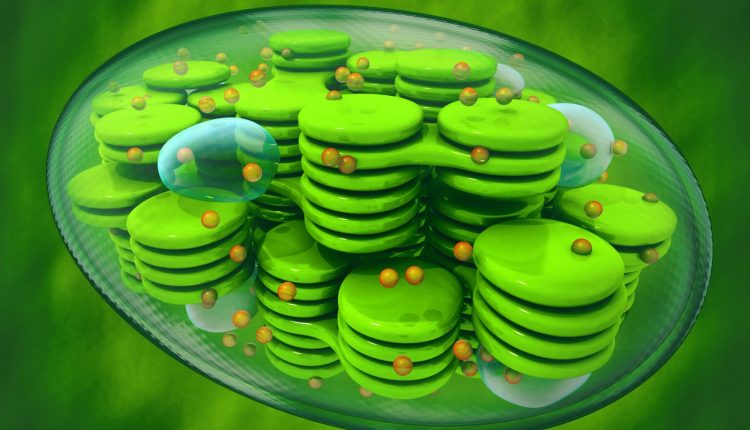What are two main functions of chloroplasts
What are two main functions of chloroplasts
Chloroplasts are specialized organelles found in plant cells and some algae. They play a crucial role in photosynthesis, the process by which light energy is converted into chemical energy in the form of glucose. The two main functions of chloroplasts are:
- Photosynthesis:
- The primary function of chloroplasts is to conduct photosynthesis, a complex biochemical process that occurs in the thylakoid membranes within the chloroplasts. During photosynthesis, chloroplasts capture light energy from the sun and convert it into chemical energy. The key steps of photosynthesis include:
- Light Absorption: Chlorophyll, a green pigment in chloroplasts, absorbs sunlight.
- Water Splitting: Water molecules are split, releasing oxygen as a byproduct.
- Formation of ATP: Light energy is used to generate ATP (adenosine triphosphate), a molecule that stores and transports energy.
- Carbon Fixation: Carbon dioxide is incorporated into organic molecules, producing glucose and other carbohydrates.
- Oxygen Release: Oxygen is released into the atmosphere as a byproduct.
The overall equation for photosynthesis is: 6CO2+6H2O+Light Energy→C6H12O6+6O2
The glucose produced during photosynthesis serves as a primary source of energy for the plant and is used in various metabolic processes.
- The primary function of chloroplasts is to conduct photosynthesis, a complex biochemical process that occurs in the thylakoid membranes within the chloroplasts. During photosynthesis, chloroplasts capture light energy from the sun and convert it into chemical energy. The key steps of photosynthesis include:
- Synthesis of Organic Molecules:
- In addition to photosynthesis, chloroplasts are involved in the synthesis of various organic molecules. While glucose is a major product of photosynthesis, chloroplasts also produce other carbohydrates, lipids, and amino acids. These organic molecules are essential for the plant’s growth, development, and overall metabolism. Chloroplasts contribute to the creation of the building blocks necessary for the formation of cell membranes, proteins, and energy storage compounds.
In summary, the two main functions of chloroplasts are to conduct photosynthesis, capturing light energy to produce glucose and oxygen, and to participate in the synthesis of organic molecules that are vital for the plant’s growth and cellular activities.
Structure of Chloroplasts:
- Double Membrane:
- Chloroplasts have a double membrane that surrounds the organelle. The outer membrane defines the boundary, while the inner membrane encloses the chloroplast’s internal space.
- Thylakoid Membranes:
- Within the chloroplast, there are interconnected membranous structures called thylakoids. Thylakoids are arranged in stacks known as grana. These membranes contain the pigments and proteins involved in the light-dependent reactions of photosynthesis.
- Stroma:
- The stroma is the fluid-filled space that surrounds the thylakoid membranes. It contains enzymes and other molecules needed for the light-independent reactions (Calvin cycle) of photosynthesis.
- Chlorophyll Pigments:
- Chloroplasts contain chlorophyll pigments, which give plants their green color. Chlorophyll absorbs light energy during photosynthesis, initiating the process of converting light energy into chemical energy.
Origin of Chloroplasts:
- Chloroplasts are believed to have originated from ancient photosynthetic bacteria through a process called endosymbiosis. This theory suggests that a eukaryotic host cell engulfed a photosynthetic bacterium, forming a symbiotic relationship that eventually led to the development of chloroplasts.

